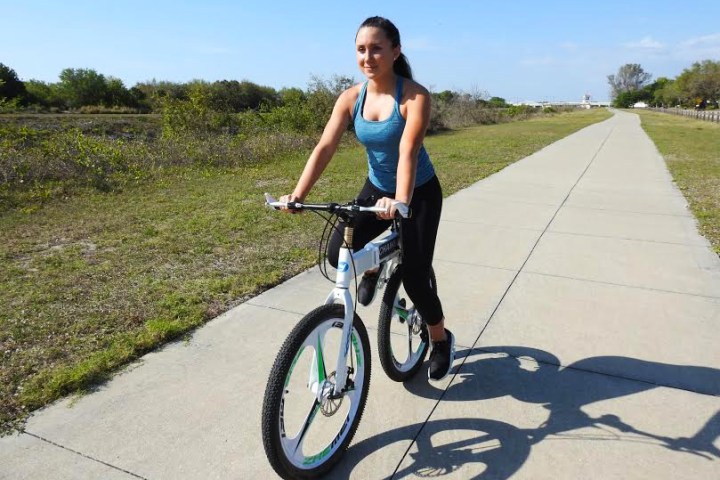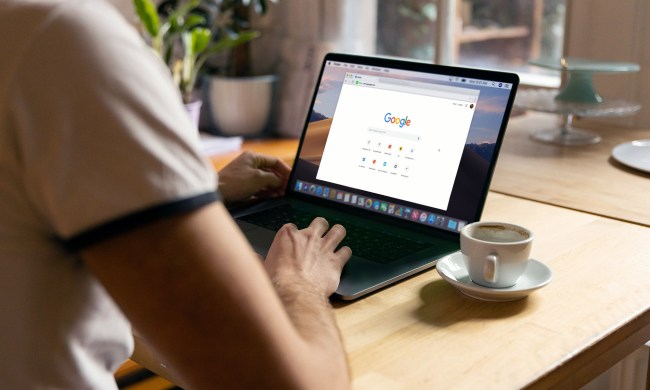
“I was sick of bicycle chain maintenance and wanted to develop a chainless bicycle,” creator Sean Chan said. “After several years of prototypes and engineering help from my father the Chainless was born and ready to be shown to the world.” Chan just launched the bike via a Kickstarter campaign, by which he hopes to raise $75,000.
In designing the bike, Chan noted that he wanted to satisfy four key metrics — comfort, versatility, portability, and of course, chainless-ness. The bicycle is fully adjustable, making rider optimization a breeze, and the lightweight and compact design of the Chainless means that city riders can easily carry the bike up and down stairs or store it in a closet. And finally, without the presence of chains, Chan says, there’s no need to worry about links breaking or loosening — bike maintenance is almost too easy.
So how exactly does the chainless technology work? As Chan explains, the Chainless replaces the traditional bike mechanism with a series of tungsten gears, which won’t rust and never have to be oiled. But just because there are no chains doesn’t mean this bike can’t compete with the best of them — the wheels are constructed from a high density magnesium alloy, and come in three sizes: 20-inch, 24-inch, and 26-inch.
And thanks to both front and rear disc brakes, the Chainless claims to be able to stop on a dime. Then there’s that RTS stuff, which is activated with a Shimano lever; in the company’s words, “RTS activates the back wheel to turn freely allowing rider access to unparalleled maneuverability. Tight corners are no longer a problem.” Finally, with the Lock-N-Go mechanism, you can fold your bike in half for storage in just 15 seconds, so you can take it anywhere you need to go.
You’ll can pre-order a Chainless on Kickstarter for the early bird price of $799, with an estimated delivery date of November.
Update 4/11/2017 by Jeremy Kaplan: Updated with links to the live Kickstarter campaign and info on the RTS tech.


